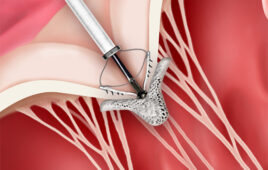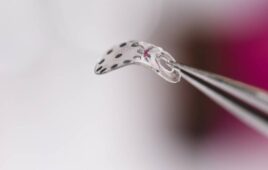US
demand for implantable medical devices is forecast to increase 7.7 percent annually
to $52 billion in 2015, benefiting from technological advances and the development
of next generation devices that should increase patient and provider confidence
in implant products. Demand will also benefit from the lack of alternative treatments
for many chronic disorders and injuries. Over the long term, sales for medical
implants will be challenged as insurance providers tighten control over implantation
costs. However, the ability of medical implants to reduce overall treatment cost
for many conditions, including osteoarthritis and chronic heart failure, will
work in favor of growth for these products. These and other trends are
presented in Implantable Medical Devices, a new study from The Freedonia Group,
Inc., a Cleveland-based industry market research firm.
Orthopedic implants will remain the largest implantable
device segment in market value. US
demand for orthopedic implants is forecast to increase 8.8 percent annually to
$29.4 billion in 2015, spurred by technological improvements and safety enhancements.
Advances will also reflect the growing prevalence of degenerative musculoskeletal
disorders and lifestyle changes that place people at risk for sports and exercise
injuries. At the same time, as products become more durable and long-lived, demand
will increasingly come from an enlarged patient base for new surgeries rather than
for replacements. Also challenging this segment over the long term will be advances
in pharmaceutical alternatives to treat arthritic conditions. However, the segment
will benefit from a strong base of insurance approvals for orthopedic implants,
as well as a stable and well-funded medical delivery system and product designs
that allow for less invasive surgeries.
Cardiovascular implants have strong potential to reduce the
overall treatment cost for heart disease, and at the same time contribute
significantly to improved quality of life. Demand for these devices is expected
to expand 5.1 percent annually to $14.6 billion in 2015. Pacing devices will
realize the greatest sales gains, largely due to growth in cardiac
resynchronization therapy (CRT). A focus on developing new generations of
pacing devices that reduce mortality and improve patient outcomes has resulted
in greater pricing flexibility in an increasingly cost-conscious health care environment.
Demand for cardiovascular stents and related devices will be similar to that of
demand for pacing devices. The fastest growth will be in structural implants,
as technological advances in heart valves, ventricular-assist devices and
implantable monitors will encourage greater use.




